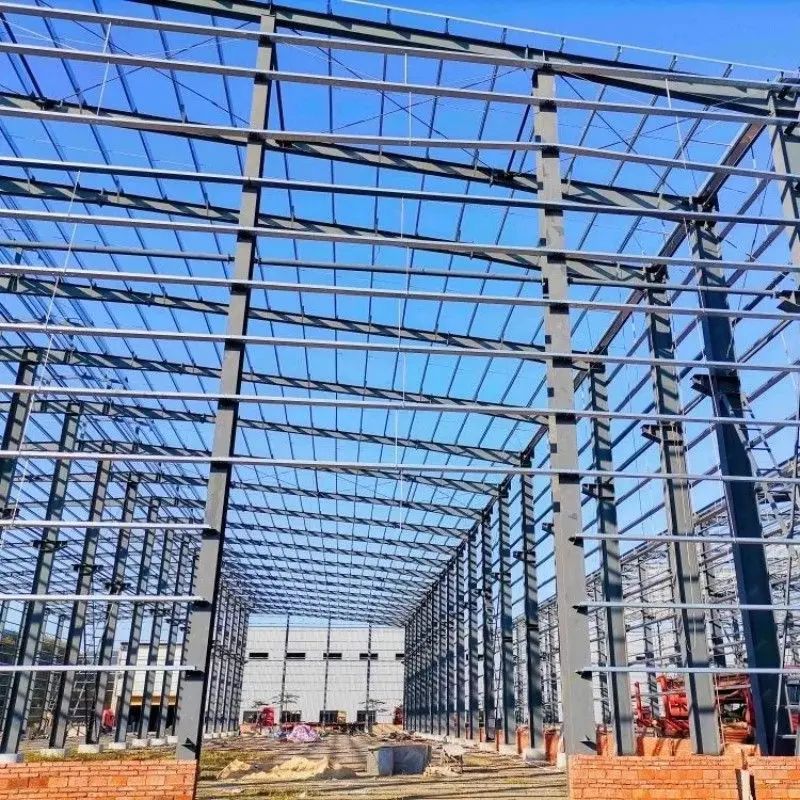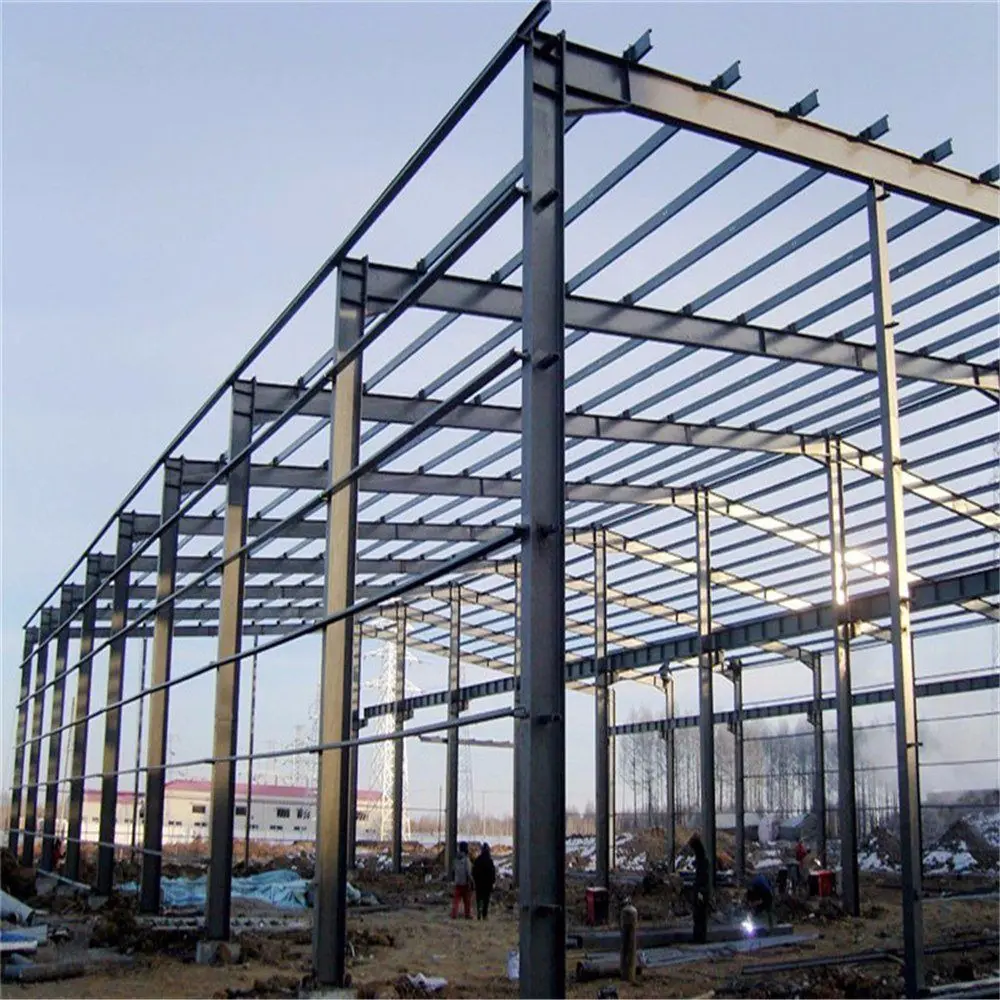Steel Structures: The Backbone of Modern Construction
Steel structures have become a cornerstone of modern architecture and industrial development due to their strength, versatility, and sustainability. Widely used in industrial plants, skyscrapers, bridges, and even residential buildings, steel Structures offer unmatched advantages over traditional construction materials.


Key Characteristics of Steel structures
1. Lightweight Yet High Load-Bearing Capacity
Steel is a lightweight, high-strength material, making it ideal for large-span structures where reducing dead weight is crucial.
2. Homogeneous and Isotropic Properties
Steel behaves uniformly in all directions, ensuring consistent mechanical performance, a fundamental principle in solid mechanics.
3. Excellent Plasticity and Toughness
Under static loads, steel exhibits superior plastic deformation resistance, preventing sudden failures.
4. Superior Weldability
Steel maintains structural integrity after welding, reducing the risk of cracks and ensuring durability.
5. Airtight and Leak-Proof
Whether welded, bolted, or riveted, steel structures provide seamless, leak-proof solutions for tanks, pipelines, and pressurized vessels.
6. Prefabricated & Easy to Assemble
Components are Factory-made, ensuring precision, while on-site assembly reduces construction time, labor costs, and land usage.
7. Corrosion & Fire Resistance Challenges
-
Corrosion: Steel rusts in humid or corrosive environments, requiring protective coatings and maintenance.
-
Fire Resistance: While steel retains strength up to 150°C, its load-bearing capacity drops sharply beyond 600°C. Solutions include fireproof cladding (concrete/brick) or intumescent coatings (15mm coating = 1.5h fire resistance).
Optimal Applications of Steel structures
1. Heavy Industrial Plants
-
Large-span workshops with heavy cranes (e.g., steel mills, aircraft hangars).
-
High-temperature facilities (e.g., foundries, power plants).
2. Large-Span Structures
-
Stadiums, airports, exhibition halls benefit from steel’s lightweight yet strong properties.
3. Skyscrapers & High-Rise Buildings
-
Reduces wind load impact due to lighter weight.
-
Faster construction compared to concrete.
4. Dynamic Load-Bearing Structures
-
Crane beams, bridges, and railway tracks rely on steel’s high toughness and fatigue resistance.
5. Relocatable & Modular Buildings
-
Prefabricated houses, mobile hospitals, and exhibition booths use bolt-assembled steel frames for quick setup and dismantling.
6. Pressure Vessels & Pipelines
-
Gas tanks, boilers, and oil pipelines utilize steel’s high strength and airtightness.
7. Lightweight Steel structures
-
Warehouses, agricultural buildings, and small factories use thin-walled steel sections for cost efficiency.
8. Specialized Structures
-
Bridges, transmission towers, offshore platforms, and stadium roofs depend on steel’s flexibility and durability.
Why Choose Steel structures
High Strength-to-Weight Ratio – Supports large spans with minimal material.
Faster Construction – Prefabrication cuts project timelines by 30-50%.
Eco-Friendly – 100% recyclable, reducing construction waste.
Design Flexibility – Enables innovative, curved, and modular architectures.
Future Trends
With advancements in fire-resistant coatings, corrosion protection, and 3D modular construction, steel structures will continue dominating sustainable and high-performance buildings.
Email:manager@fsdsteel.com
Phone/Whatsapp:+86-18831507725















